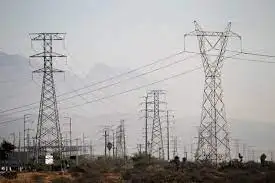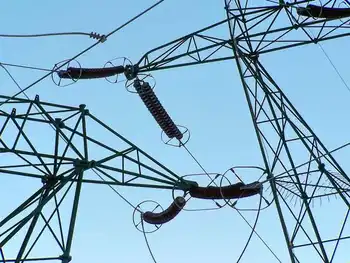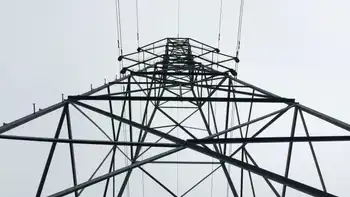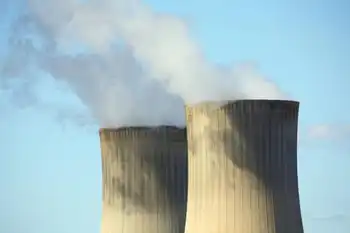New monitor helps slash power bills
By The Royal Gazette
High Voltage Maintenance Training Online
Our customized live online or in‑person group training can be delivered to your staff at your location.

- Live Online
- 12 hours Instructor-led
- Group Training Available
The PowerCost Monitor, which it is claimed, can help reduce energy consumption around the home by between six to 18 percent, is produced by Blue Line Innovations Inc. in Canada and will be distributed and sold exclusively by entrepreneur Glen Smith through his company Island Solutions Ltd.
Mr. Smith's latest product, which has been given the backing of the Ministry of Energy, Telecommunications and E-Commerce and Belco, who authorized Island Solutions to use the equipment on its meters, comprises a sensor unit which attaches to and reads the signal of your electric meter and a wireless portable monitor which receives the information.
"This product shows you the dollar use where you should be making some adjustments to you life rather than waiting for your electricity bill at the end of the month," he said.
The device works by giving a reading in dollars or kilowatts, which fluctuates depending on how much energy is being used in the home, with users learning by experience where they could make savings, while another reading gives a figure for the amount of money expected to be spent in a month.
Mr. Smith has a proven track record in starting up and building new businesses, introducing invisible fencing to Bermuda, founding International Bonded Couriers of Bermuda Ltd. in 1987 and affiliate ZipX Freight Ltd., which was recently sold to Bermuda Aviation Services Ltd., as well as serving as a councillor for the Corporation of Hamilton.
And he will be supplying the product, including a full installation service and one year's warranty, for $395, with the emphasis on showing the customer how to make the most of it.
Mr. Smith plans to take on new staff to install the product and introduce it in schools for education purposes as well.
"This has come at a great time when there is a downturn in the economy and people are looking to save on costs," he said.
Peter Porteous, CEO of Blue Line Innovations, said the PowerCost Monitor had been well researched and proven, having been on the market for the past five years. It has shown a significant energy reduction of between six and 18 percent on customers' bills, believing that energy consumption could be cut by as much as 15 percent island-wide just by making people change their behaviour towards utility usage.
He said that the sensor does not interfere with any information on the meter or the reading of it, while the data captured by the sensor every second was transmitted to the handset every 30 seconds.
Blue Line Innovations has technology installed in 100,000 homes across North America, working on 92 projects with different utility companies throughout the region, as well as retailing the products.
"Our target market is consumers in residential single unit homes," said Mr. Porteous.
"Families that believe in this and want to be part of it produce very high reductions in energy consumption."
Some families got behind the product because of its 'green' credentials, others because it could save them money, Mr. Porteous said.
"The real magic is when the whole family gets behind it - when the kids get involved the results are double digit," he added.
Mr. Porteous explained that most of the energy consumed by a household came from heating water and cooling, such as for showers, washing machines and dishwashers, with the handheld able to show how exactly much each contributes to the utility bill.
And he claims that the device will fit in with Bermuda's electricity rate structure and is fully compatible with the digital or electromechanical meters used on the Island.











